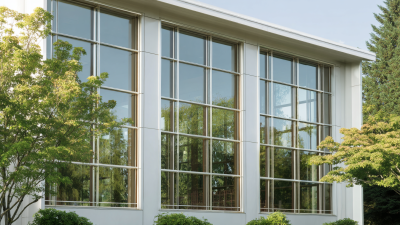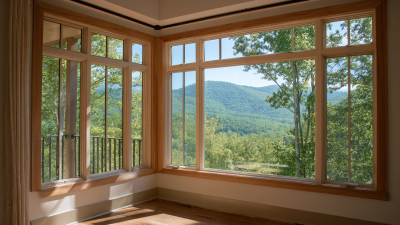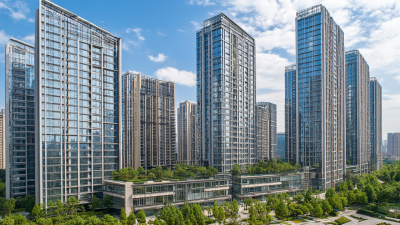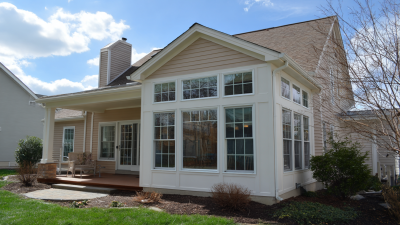In today's pursuit of sustainable architecture and energy-efficient living, Metal Clad Windows emerge as a leading solution that combines aesthetics with unparalleled durability. As we explore the benefits of these innovative windows, it becomes evident that they not only enhance the visual appeal of a building but also contribute significantly to energy savings. The unique construction of Metal Clad Windows provides robust protection against the elements while ensuring minimal maintenance. This comprehensive guide aims to unravel the myriad advantages these windows offer, from thermal insulation to weather resistance, thereby equipping homeowners and builders with the knowledge to make informed decisions about their projects. By examining how Metal Clad Windows integrate seamlessly into diverse architectural styles, we hope to illuminate their role in modern construction and renovation, ultimately championing a more energy-efficient future.
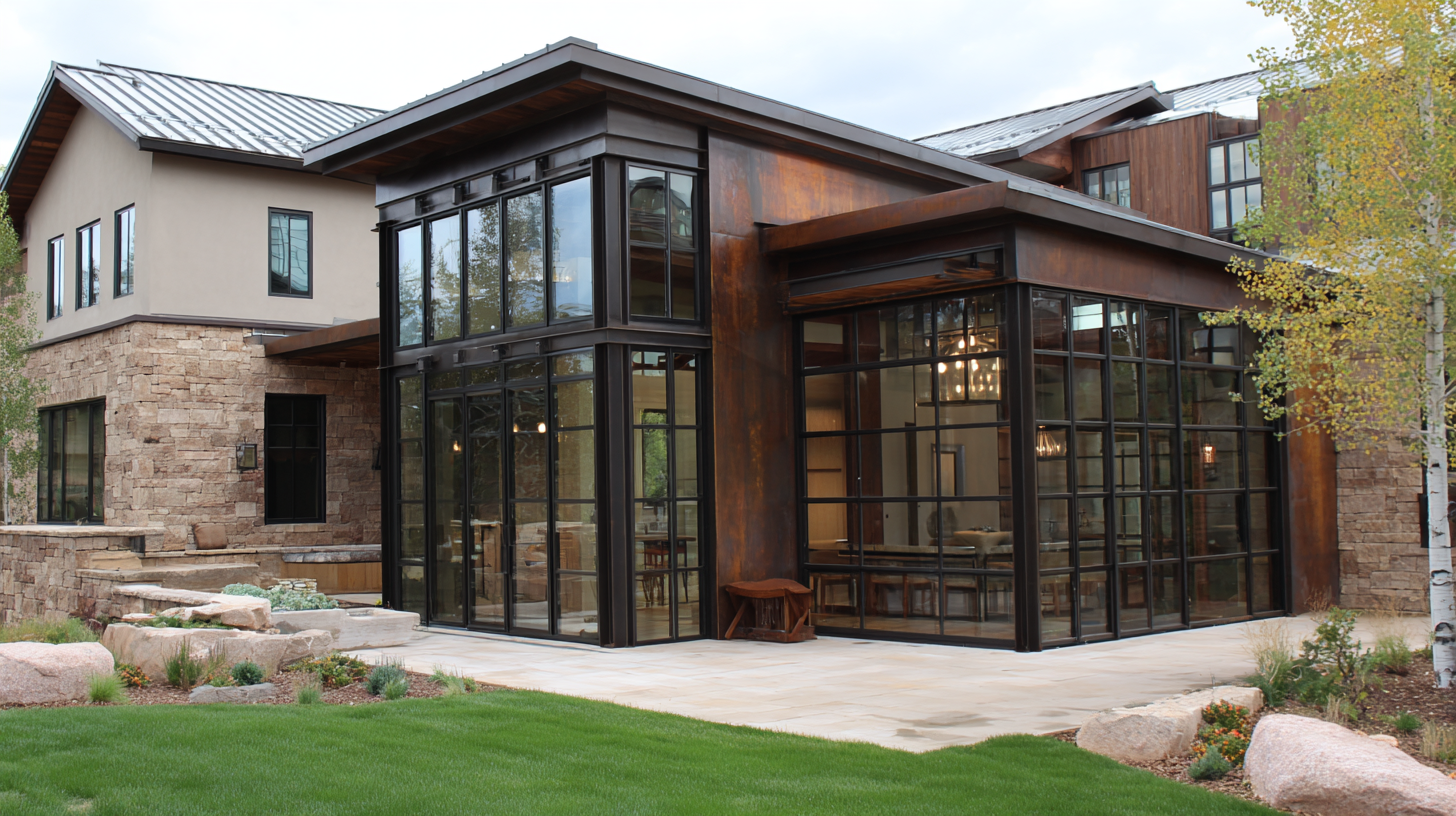
Metal clad windows are increasingly recognized for their exceptional features and advantages, making them a preferred choice for modern architecture. These windows combine the sturdiness of metal exteriors with the warmth of wood interiors, offering enhanced energy efficiency and durability. According to a recent report from the American Architectural Manufacturers Association, metal-clad windows can achieve up to 30% better energy performance compared to traditional wood windows. This efficiency stems from their superior insulation capabilities and weather resistance, which minimize heat loss and improve indoor comfort.

Recent architectural projects like the renovation of a 1930s home in Phoenix, Arizona, highlight the aesthetic and functional benefits of metal cladding. By adding a metal-clad addition with expansive window walls, designers can create bold and modern extensions that maintain the integrity of historical structures while enhancing natural light and ventilation. Furthermore, advancements in materials technology have led to the development of perforated metal facades that not only provide protection from the elements but also allow buildings to "breathe," promoting energy efficiency.
As sustainable building practices gain traction, the appeal of metal clad windows continues to rise, blending style with functionality and environmental responsibility.
Metal clad windows are renowned for their ability to significantly enhance energy efficiency in residential and commercial buildings. The key to their effectiveness lies in their unique construction. Combining the natural insulating properties of wood with the protective exterior of metal, these windows prevent heat loss during the winter and reduce heat gain in the summer. This dual-layer approach creates a barrier that minimizes the need for artificial heating and cooling, leading to a substantial decrease in energy costs over time.
In addition to their thermal efficiency, metal clad windows are designed to offer durability that complements their energy-saving qualities. The metal cladding is resistant to harsh weather conditions, preventing damage caused by UV rays, moisture, and temperature fluctuations. This resilience ensures that the windows maintain their energy-saving capabilities over the years, reducing the frequency and cost of replacements or repairs. By investing in metal clad windows, property owners not only enjoy lower energy bills but also contribute to environmental sustainability through reduced energy consumption and decreased carbon footprint.
When comparing window options, durability is a crucial factor, especially in regions prone to extreme weather conditions.
Metal clad windows, which encapsulate a wooden core with a protective layer of metal, excel in this category. According to a report by the American Architectural Manufacturers Association (AAMA),
metal clad windows can last up to 50% longer than standard vinyl or aluminum options, which typically offer lifespans of
20 to 30 years. This increase in longevity not only reduces the need for replacements but also contributes to lower lifecycle costs.
Furthermore, the durability of metal clad windows is enhanced by their resistance to common issues such as rot,
corrosion, and warping. The National Fenestration Rating Council (NFRC) notes that
metal clad designs can withstand harsher climatic conditions without compromising structural integrity. This resilience ensures that homeowners invest in windows that
not only perform efficiently in terms of energy saving but also maintain their aesthetic appeal over time.
As a result, metal clad windows stand out as a wise investment for those prioritizing both longevity and performance in their home improvement projects.
Metal clad windows offer a unique blend of functionality and design versatility, making them a popular choice for various architectural styles. The exterior metal cladding not only provides protection against the elements but can also be customized in a range of finishes and colors. This allows homeowners and designers to match the windows to the overall aesthetic of the building, enhancing curb appeal while maintaining structural integrity. Whether opting for a modern, sleek look or a more traditional appearance, metal clad windows can seamlessly integrate with different design themes.
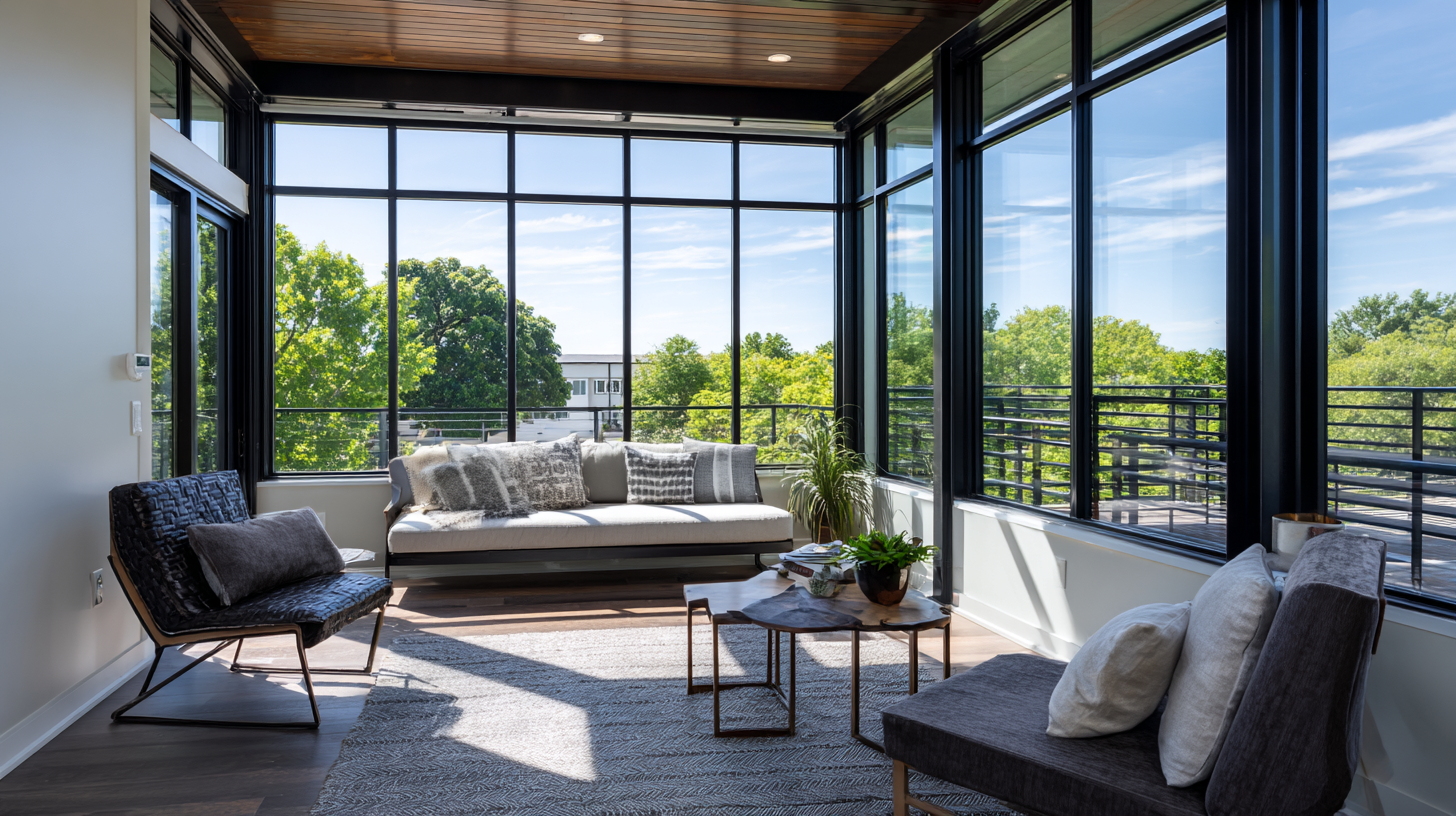
Furthermore, the aesthetic benefit extends beyond color and finish; metal clad windows can be designed in various shapes and sizes to suit specific architectural needs. Their adaptability allows for larger panes of glass, which can lead to increased natural light and improved indoor ambiance. This design flexibility, combined with the insulation properties of the material, promotes not only a beautiful exterior but also a comfortable and energy-efficient interior space, making metal clad windows a smart choice for contemporary and historic homes alike.
When installing metal clad windows, following best practices is crucial to maximizing their performance and enhancing energy efficiency. According to the U.S. Department of Energy, well-sealed and properly installed windows can reduce energy bills by up to 15%. To achieve this, it is vital to ensure that all gaps around the frame are filled with high-quality insulation material. This not only minimizes air leakage but also helps to maintain a stable indoor temperature.
Another significant factor in installation is the proper alignment and leveling of the windows. Research from the American Architectural Manufacturers Association indicates that misalignment can lead to up to a 25% decrease in energy efficiency. Therefore, utilizing shims and pre-drilling holes for fasteners can ensure the window frames are secure and aligned correctly. Additionally, applying weatherstripping around the edges provides an extra layer of insulation, contributing to long-term durability and performance in various weather conditions. By adhering to these best practices, homeowners can fully leverage the energy-saving benefits of metal clad windows while ensuring their longevity.
